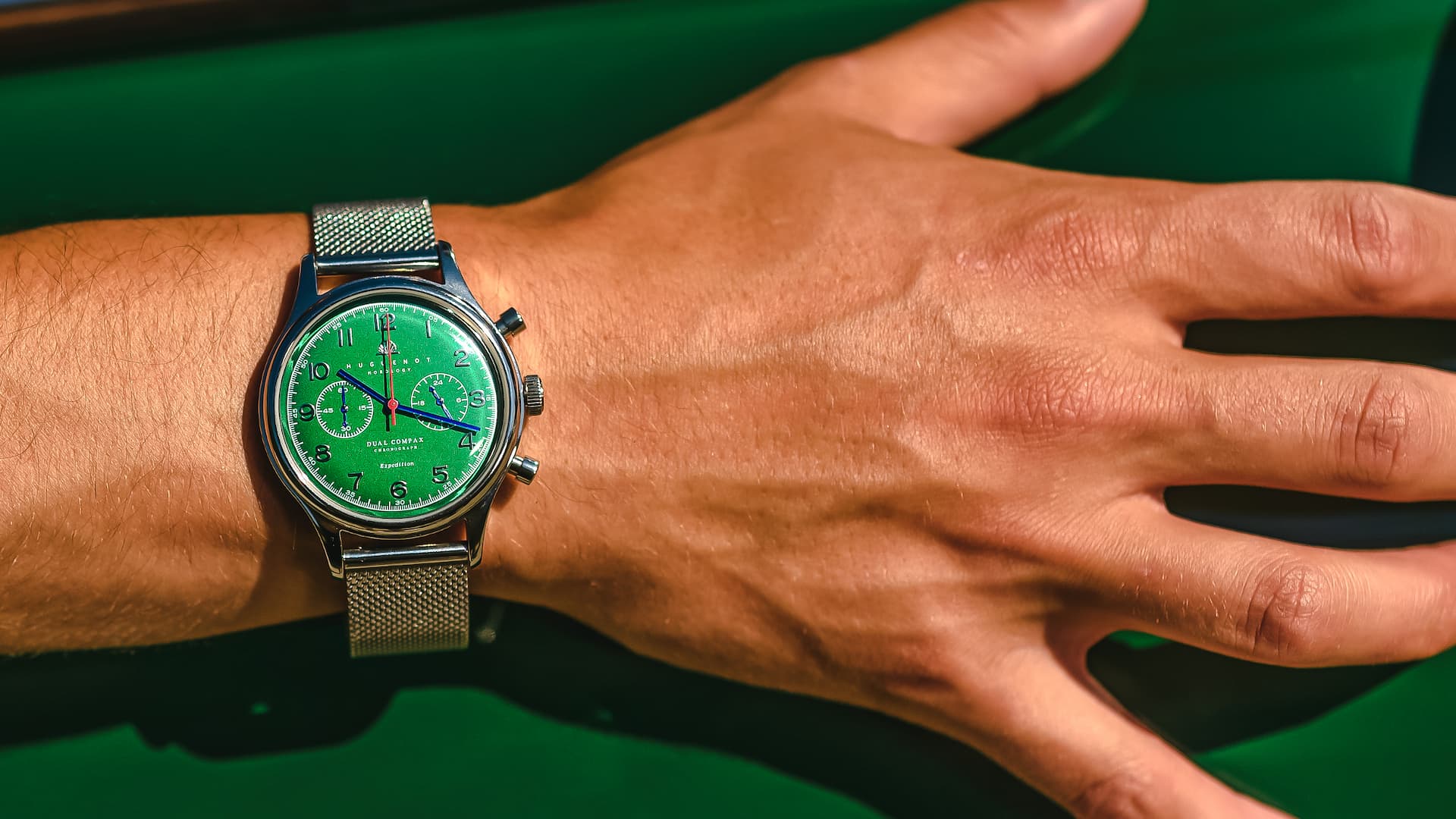A GUIDE TO WATCH CASES
It goes without saying that the watch case is an integral aspect of watch design and functionality. The case protects the watch movement from dust and moisture, and it assists in guarding the movement from the bumps of everyday use. The case of a watch coupled with a good strap dictates how the watch feels on your wrist. It also has probably the greatest influence on a timepiece’s overall look, giving many pieces their universally recognizable aesthetics. So, given the numerous categories and styles, how is one to know what to look out for? This guide was put together to help answer that exact question so if anyone is asking you about a “tank” or “tonneau” case, you can know immediately what they are talking about.


